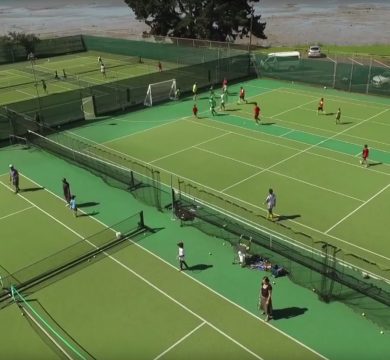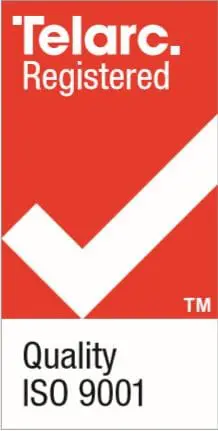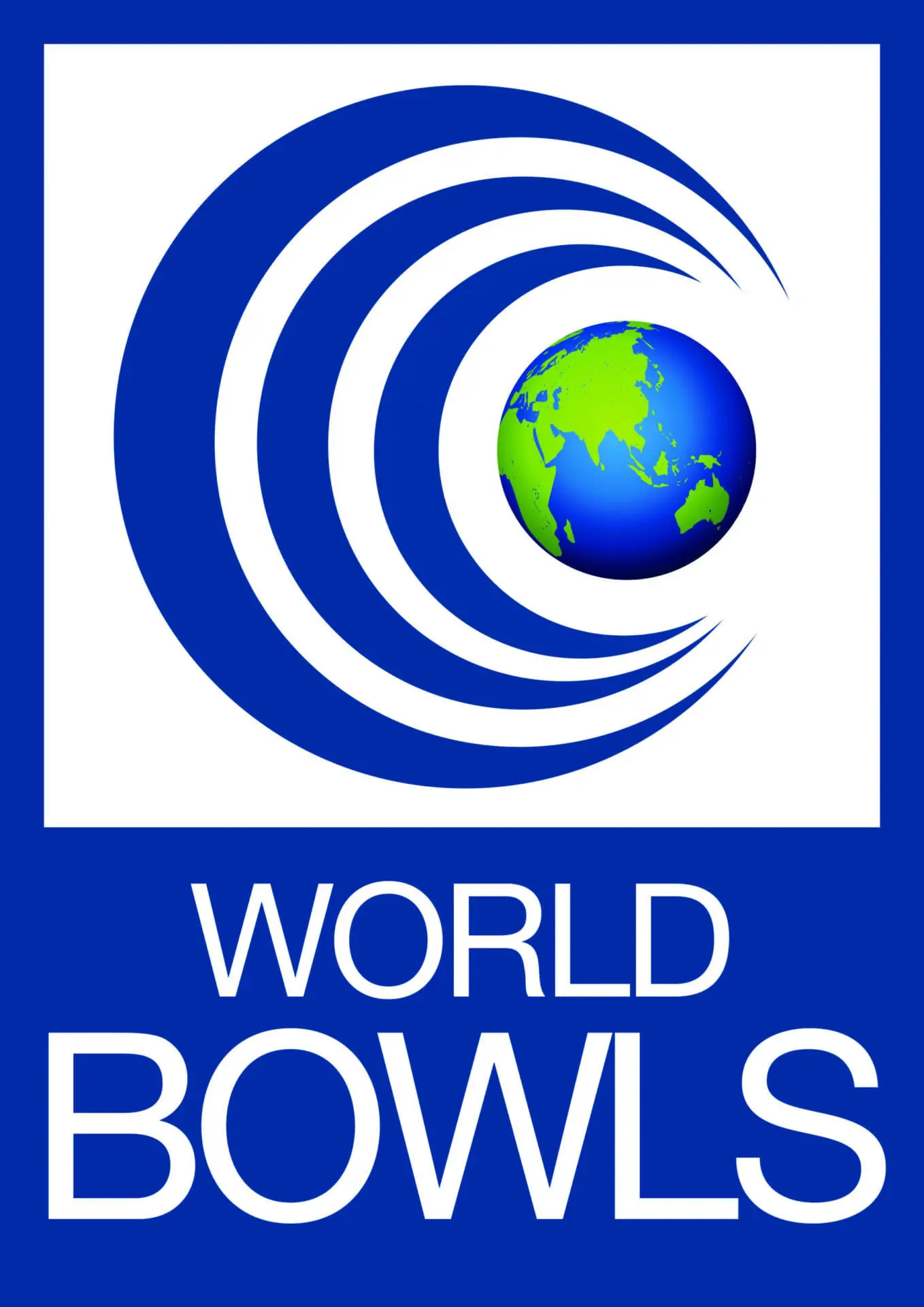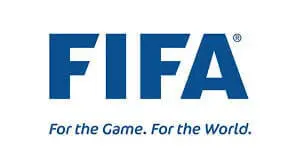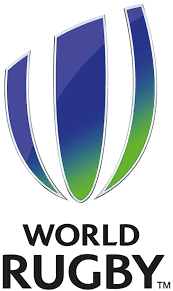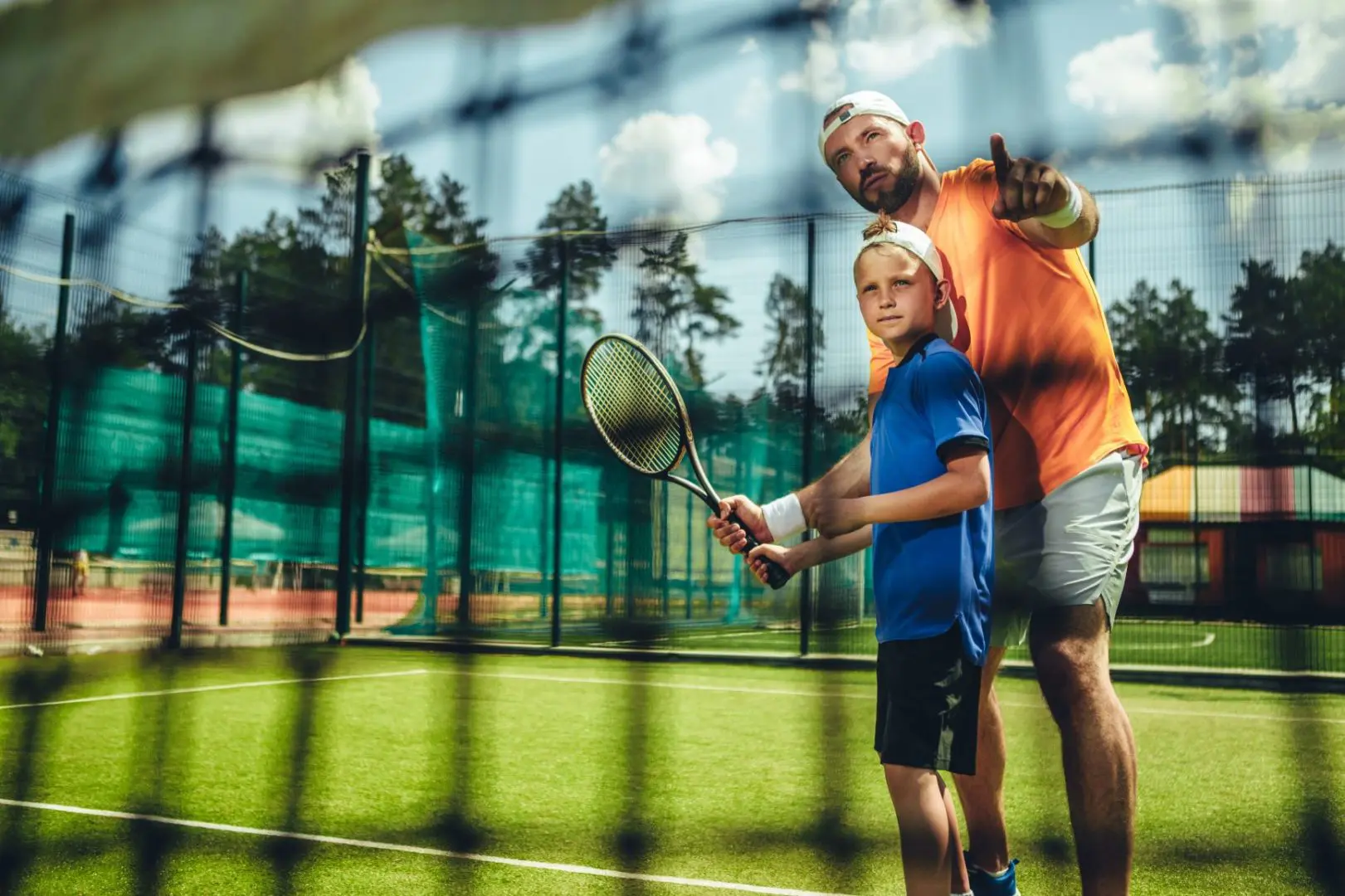
Take your tennis court surface from grey and neglected to a high-quality valued asset.
If you have a tennis court that looks like it has seen better days, it may be time to consider resurfacing.
If you don’t know where to start with resurfacing your tennis court, then you are in the right place! We have compiled a guide with everything you need to know about upgrading your tennis court surface.
Read on!
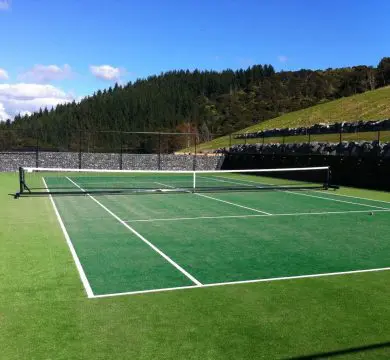
For a residential tennis court, resurfacing can bring life to your backyard and add value to your property. A well-maintained tennis court can provide you with a multi-purpose space that you can use for entertaining and sport.
Resurfacing commercial tennis courts at sports clubs and schools provides many benefits, including:
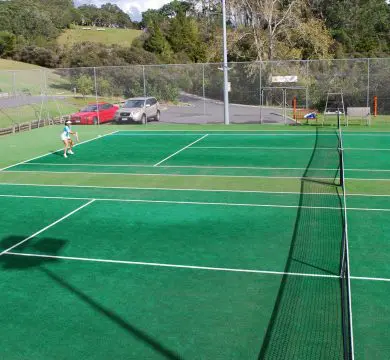
Your tennis court’s surface lifespan is hard to determine because some surfaces last longer than others. Hard courts with acrylic finishes may last between 4 – 7 years, while artificial turf that is well maintained may last for 15+ years.
The durability of your tennis court surface also depends on a range of other factors, including the quality of the materials, the maintenance routines, and the levels of use.
It is time to consider resurfacing your tennis court when you notice issues that are impacting gameplay and compromising the safety of the players.
Tennis court surface issues to keep an eye out for:
If you notice these issues are occurring, it is likely time to resurface your tennis court.
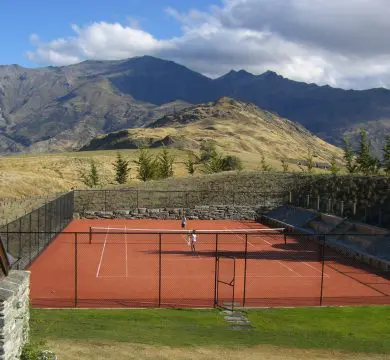
The cost of upgrading your tennis court surface depends on which system you choose, ease of access and the size of your area.
There are many different tennis court surfaces/systems:
Every surface has different benefits, costs and levels of maintenance.
Check out our blog comparing all the different tennis court surfaces here.
The time between resurfacing your tennis court can be extended if the proper steps are taken.
It starts at the base. Ensuring your tennis court has a good foundation can prolong the life of your outdoor area. Proper compaction and an adequate drainage slope stop the surface from slipping or shifting on top as it is being used.
Proper installation and construction of your tennis court also extends the time between resurfacing. You can engage professional help to ensure a good foundation and an effective drainage system is installed at the same time – this minimises the amount of flooding on your tennis court surface. If the moisture is draining effectively from the surface, the growth of mould, mildew, and weeds will minimise.
Regular maintenance also helps to extend the time between resurfacing.
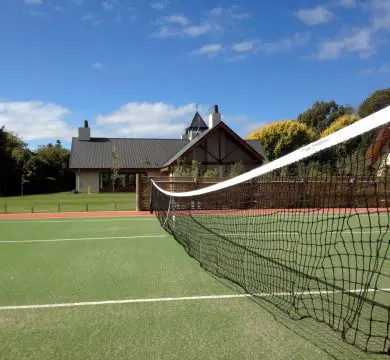
Maintenance for your tennis court includes:
Resurfacing a tennis court is a process best done by professionals. It requires specialist knowledge and equipment. Getting it right from the start will ensure the surface of your tennis court lasts the test of time.
Initially, the top layer will be removed, and the base will be inspected. During this phase, the professionals will check the base for any imperfections such as cracking, shifting or displacement. The drainage system will also be evaluated.
The artificial turf or another tennis court surface will be relayed once all cracks are sealed, and drainage issues resolved.
You will then be able to enjoy your resurfaced turf.
For more information about tennis court surfaces or assistance to resurface your tennis court, get in contact with our team.
